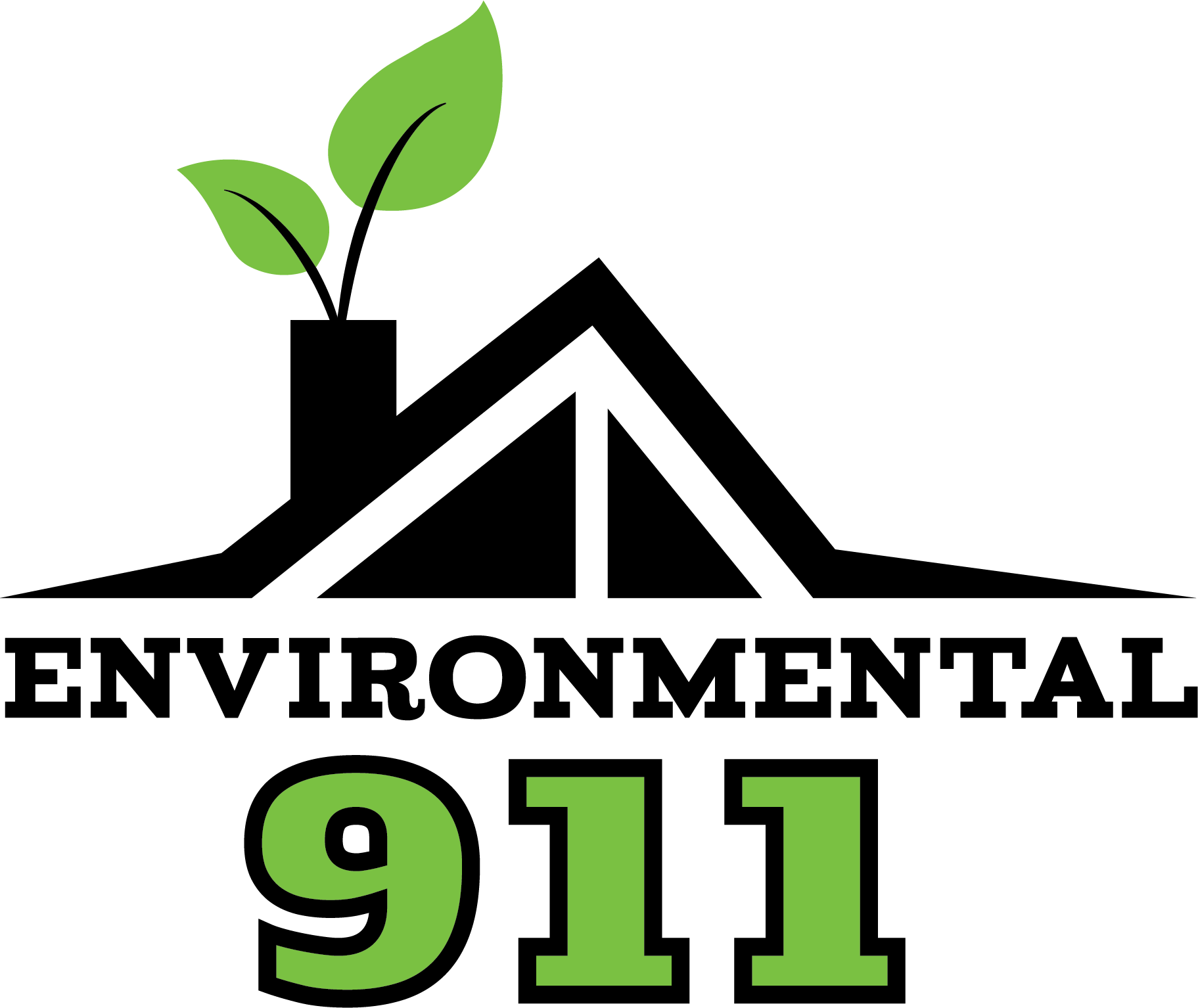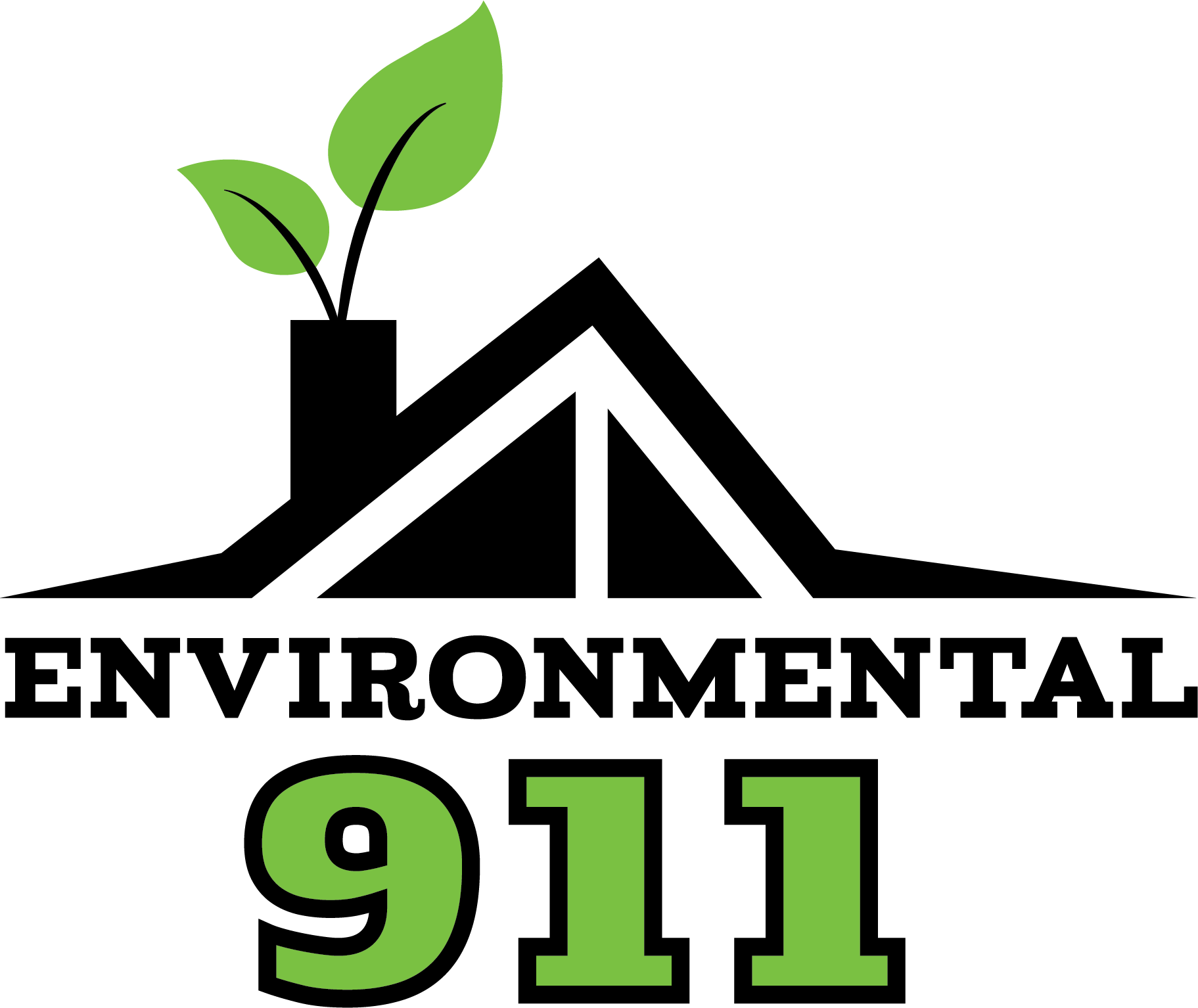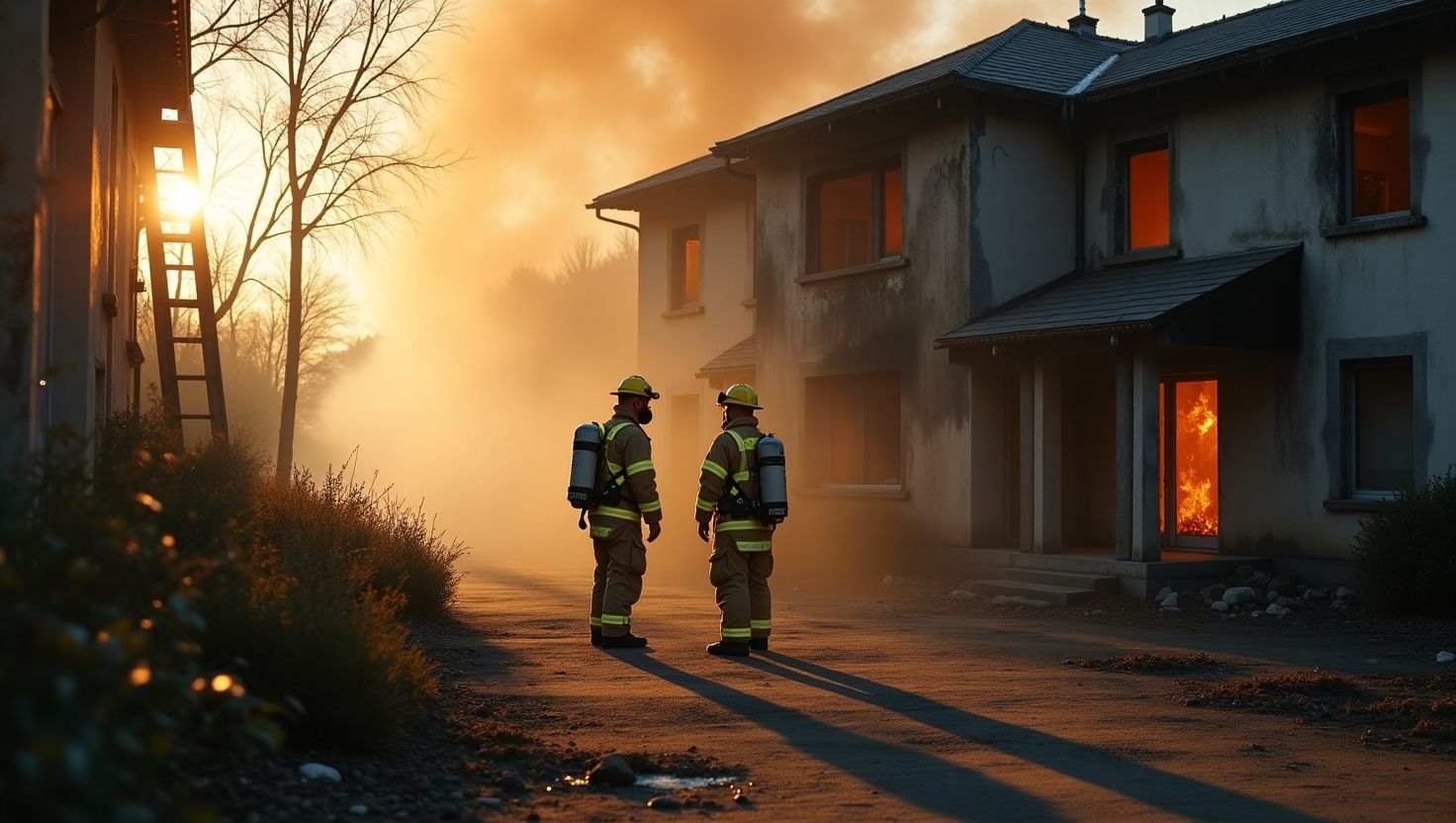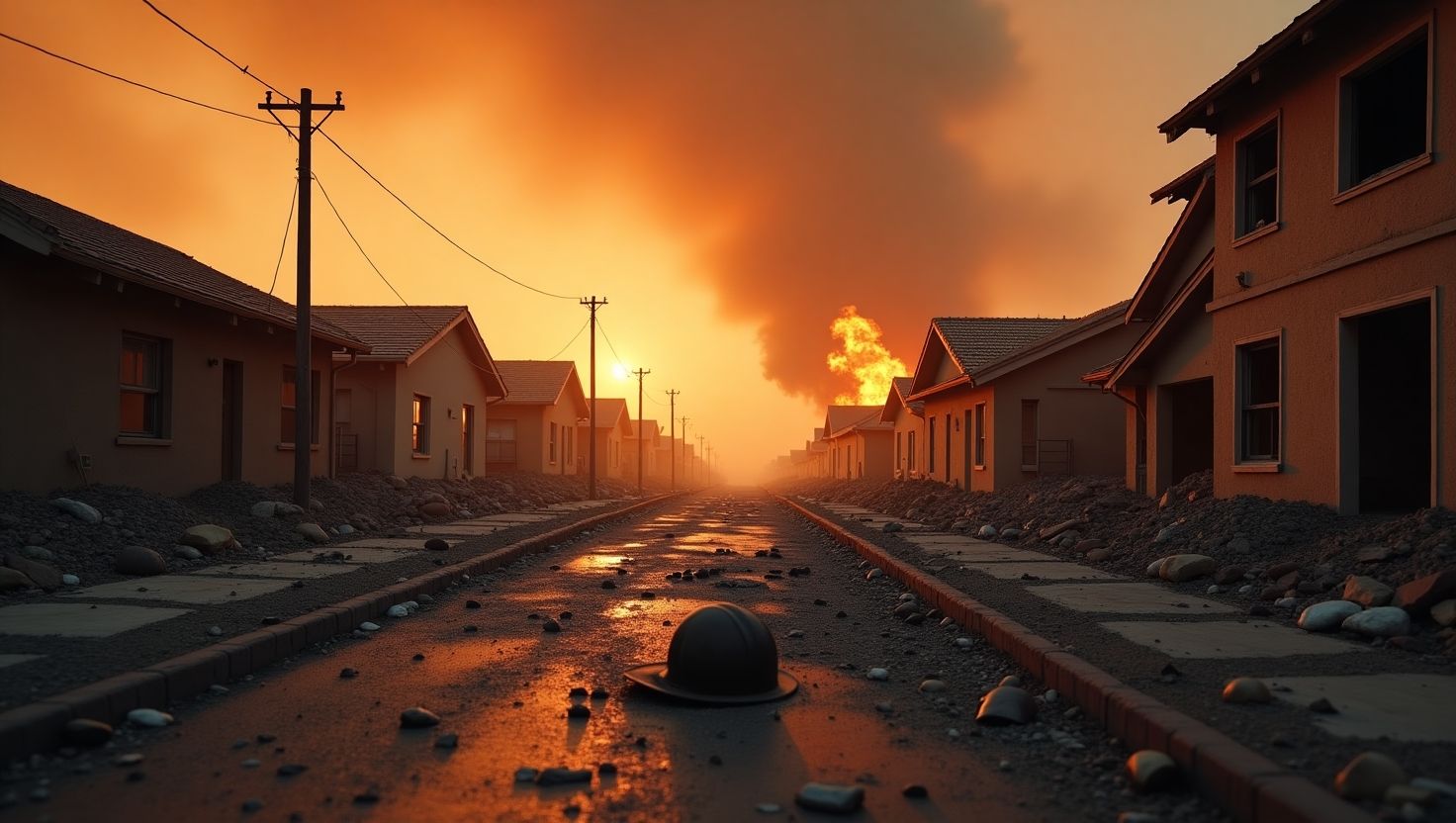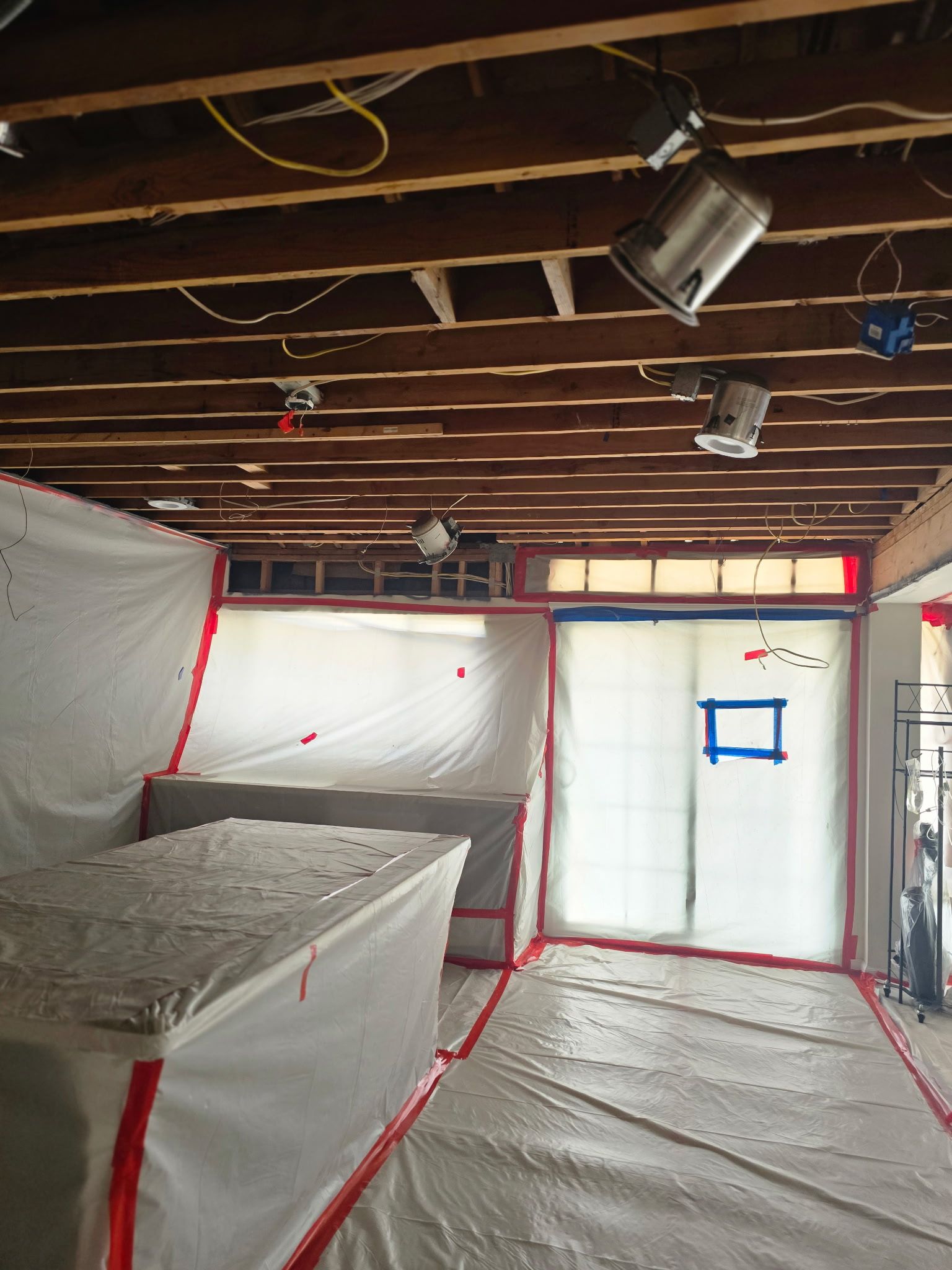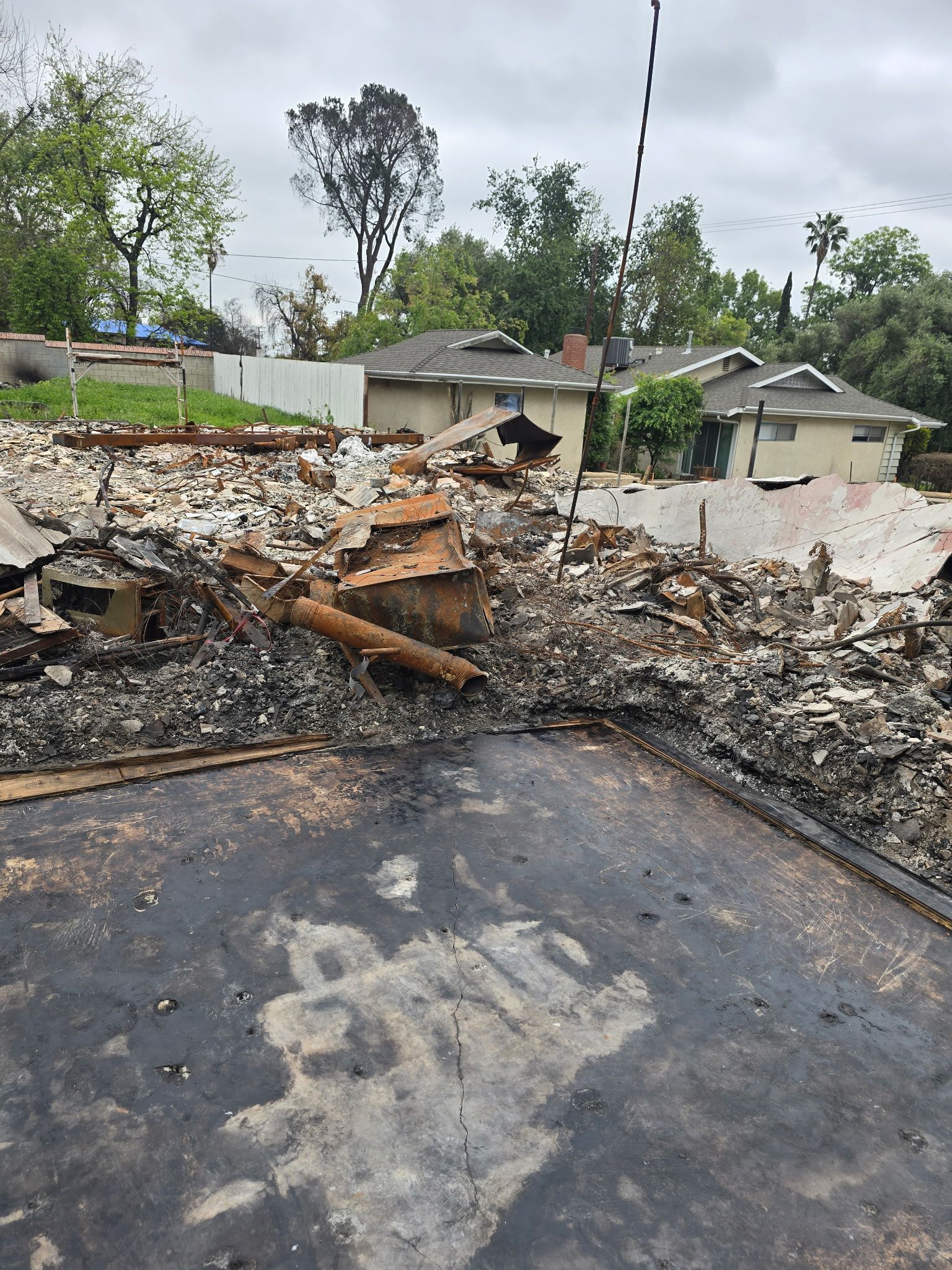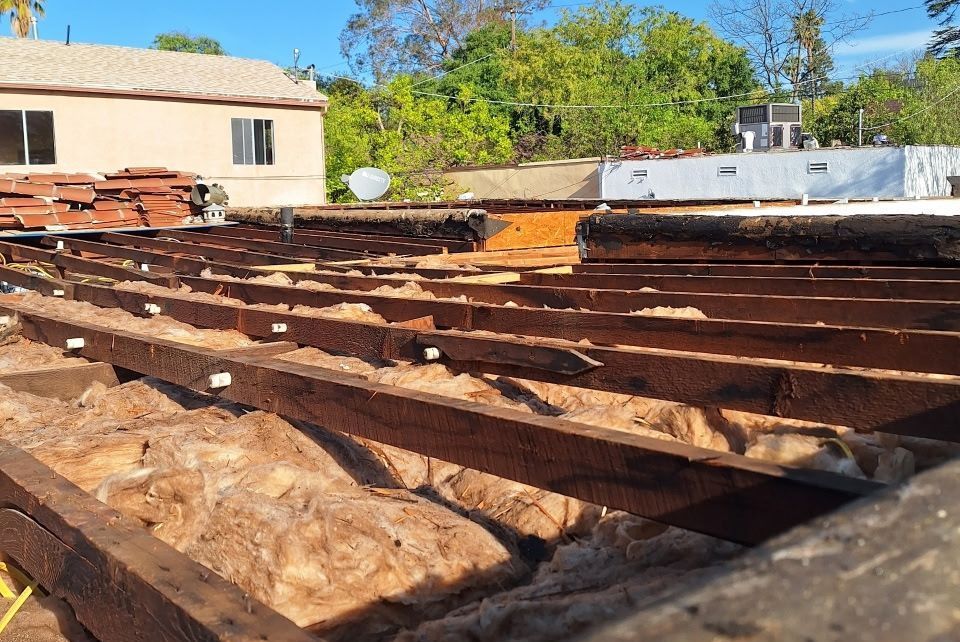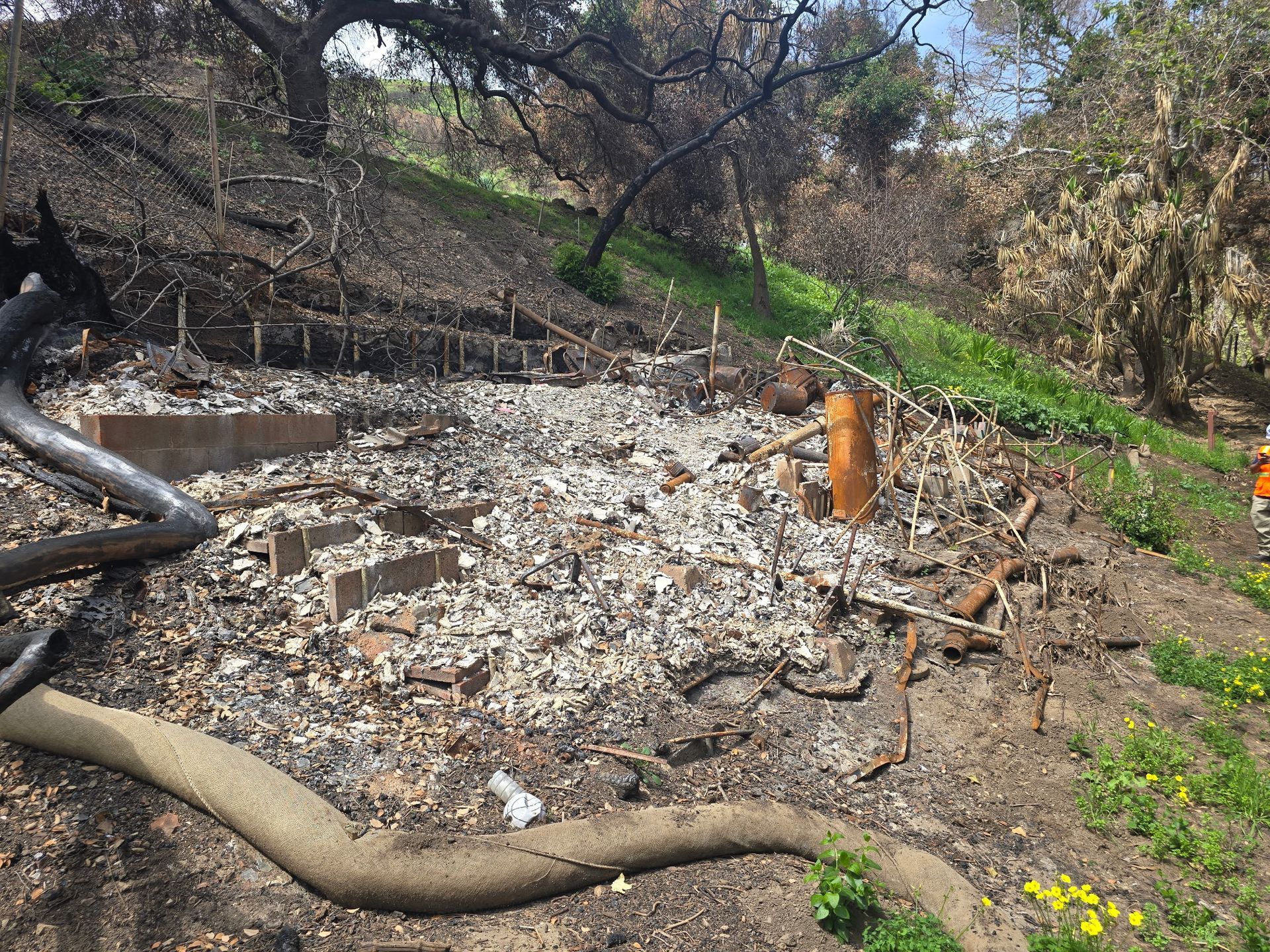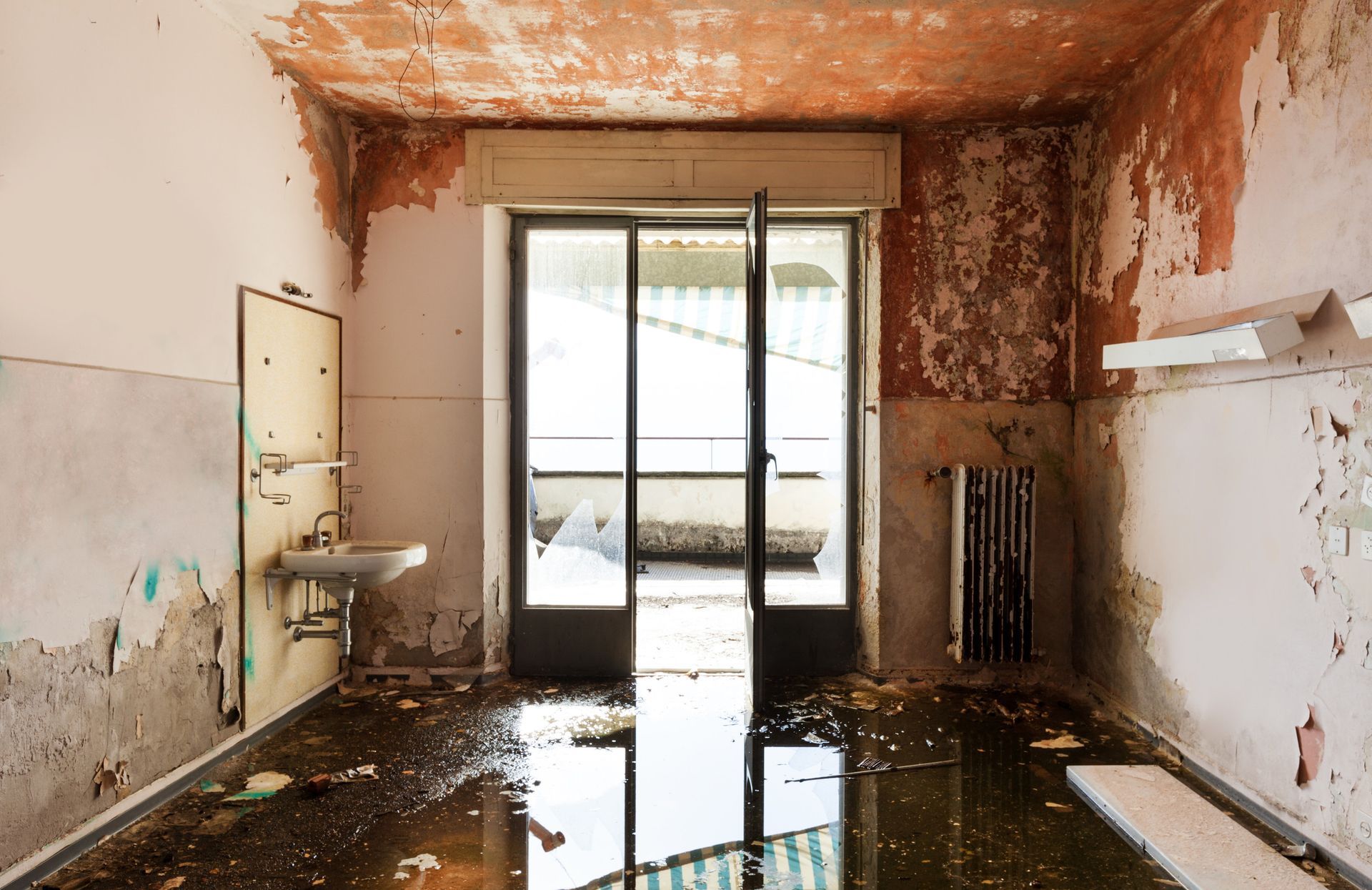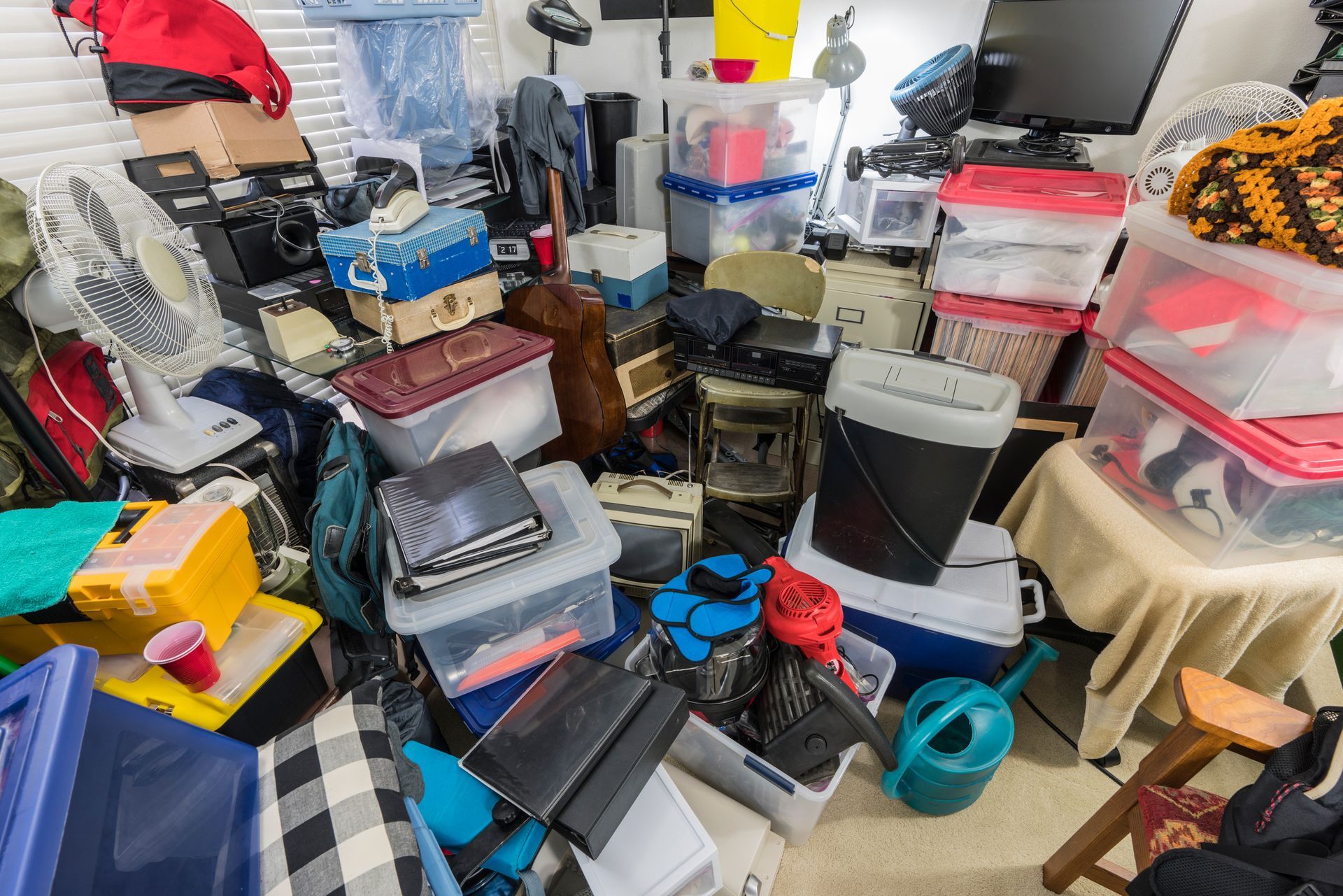How Wildfire Ash and Toxins Affect Indoor Air Quality in Pasadena Homes
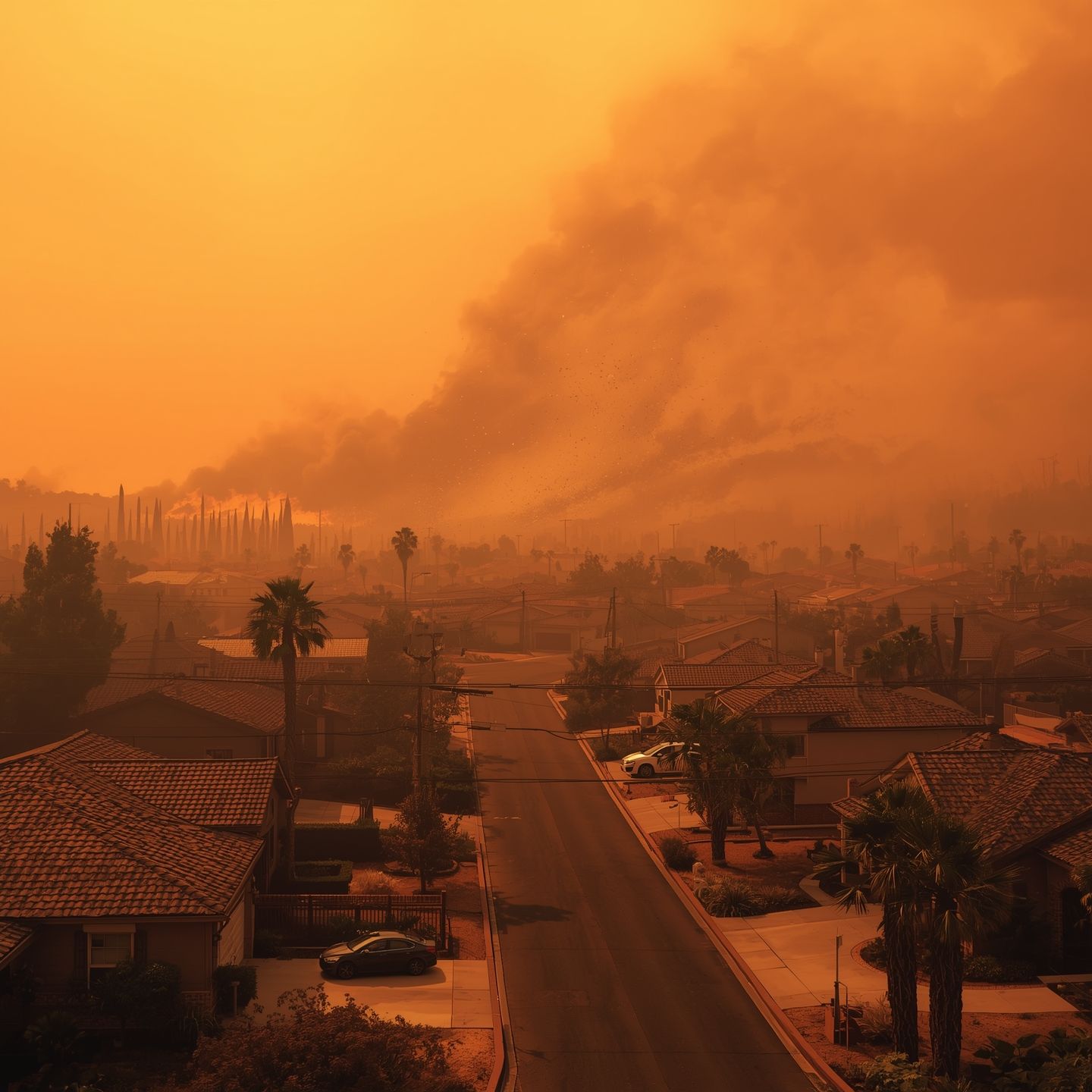
Wildfires leave behind more than visible damage. While charred landscapes and destroyed structures capture headlines, the invisible threat of contaminated indoor air poses serious health risks that can persist long after flames are extinguished. For Pasadena residents, understanding how wildfire ash and toxins infiltrate homes is crucial for protecting your family's health and maintaining a safe living environment.
The microscopic particles and chemical compounds released during wildfires don't simply disappear when the fire ends. They settle into your home's air systems, carpet fibers, and HVAC ducts, creating ongoing exposure risks that many homeowners overlook.
What Makes Wildfire Ash So Dangerous?
Wildfire ash contains far more than burnt wood and vegetation. When fires consume homes, vehicles, and industrial materials, they create a toxic cocktail of hazardous substances. This ash typically includes heavy metals like lead and mercury, volatile organic compounds (VOCs) from synthetic materials, and fine particulate matter small enough to penetrate deep into your lungs.
The composition varies depending on what materials burned, but common contaminants include asbestos fibers from older building materials, chemical residues from household products, and carcinogenic compounds from plastics and treated lumber. These particles are so fine that they can remain airborne for weeks, continuously circulating through your home's ventilation system.
How Contaminants Enter Your Home
Even homes that appear undamaged can harbor serious indoor air quality issues after nearby wildfires. Ash particles infiltrate through the smallest gaps around windows, doors, and ventilation systems. Your HVAC system can actually worsen the problem by drawing contaminated outdoor air inside and distributing it throughout your home.
Clothing, pets, and shoes also transport ash particles indoors. Once inside, these contaminants settle on surfaces and become resuspended with normal household activities like walking, cleaning, or opening windows. The problem compounds over time as particles accumulate in areas that aren't regularly cleaned, such as air ducts and behind furniture.
Health Risks You Need to Know
Exposure to wildfire-related indoor air pollution triggers both immediate and long-term health concerns. Short-term effects include respiratory irritation, eye burning, headaches, and aggravated asthma symptoms. Children, elderly residents, and individuals with existing respiratory conditions face heightened risks.
Long-term exposure to these contaminants can lead to more serious health problems. The carcinogenic compounds in wildfire ash increase cancer risk, while prolonged exposure to fine particulate matter contributes to cardiovascular disease and chronic respiratory conditions. Heavy metals can cause neurological issues and developmental problems in children.
Protecting Your Indoor Air Quality
Taking immediate action after wildfire exposure is essential for minimizing health risks. Start by keeping windows and doors closed during and after fire events, even if the outdoor air appears clear. Replace HVAC filters frequently with high-efficiency particulate air (HEPA) filters, and avoid using standard fans that can stir up settled particles.
Clean all surfaces with damp cloths rather than dry dusting, which redistributes contaminants. Pay special attention to frequently touched surfaces like door handles, light switches, and countertops. Wash all clothing, bedding, and curtains that may have been exposed to ash, and consider professional cleaning for upholstered furniture and carpets.
Professional air purifiers with HEPA filtration can help remove airborne particles, but they're not a complete solution for heavily contaminated spaces. Address the source of contamination rather than just treating symptoms.
When Professional Testing Becomes Essential
While basic cleaning helps address surface contamination, a comprehensive air quality assessment requires professional expertise. Environmental testing can identify specific contaminants present in your home and determine whether levels exceed safe thresholds for long-term occupancy.
Professional testing becomes particularly important if anyone in your household experiences persistent respiratory symptoms, if your home was directly exposed to heavy ash fall, or if you're planning renovation work that could disturb contaminated materials. Testing also provides documentation needed for insurance claims and ensures you're making informed decisions about your family's safety.
Professional Air Quality Testing and Environmental 911 Services
While basic cleaning helps, professional assessment and remediation may be necessary for complete protection. Environmental 911 specializes in comprehensive air quality testing and biohazard cleanup services in Pasadena homes affected by wildfire contamination.
Our expert team uses advanced testing equipment to identify specific contaminants in your home and develop targeted solutions. Services include:
- Comprehensive air quality assessments that measure particulate levels, chemical contamination, and potential asbestos exposure from fire-damaged materials.
- Professional-grade air purification systems that go beyond what consumer-grade equipment can achieve.
- Deep cleaning and decontamination of affected surfaces, HVAC systems, and hard-to-reach areas where particles accumulate.
- Mold prevention and remediation services, because moisture from firefighting efforts can create conditions for dangerous mold growth.
Environmental 911's certified technicians understand the unique challenges Pasadena residents face during wildfire season. We work quickly to restore safe, healthy indoor air quality so you can return to normal life as soon as possible.
Taking Action for Your Family's Health
The health impacts of wildfire contamination are too serious to ignore or address with surface-level solutions. Professional air quality testing provides the detailed information you need to make informed decisions about your home's safety and your family's health.
Don't wait for symptoms to appear before taking action.
Schedule Air Quality Testing with
Environmental 911 today to identify hidden contaminants.
